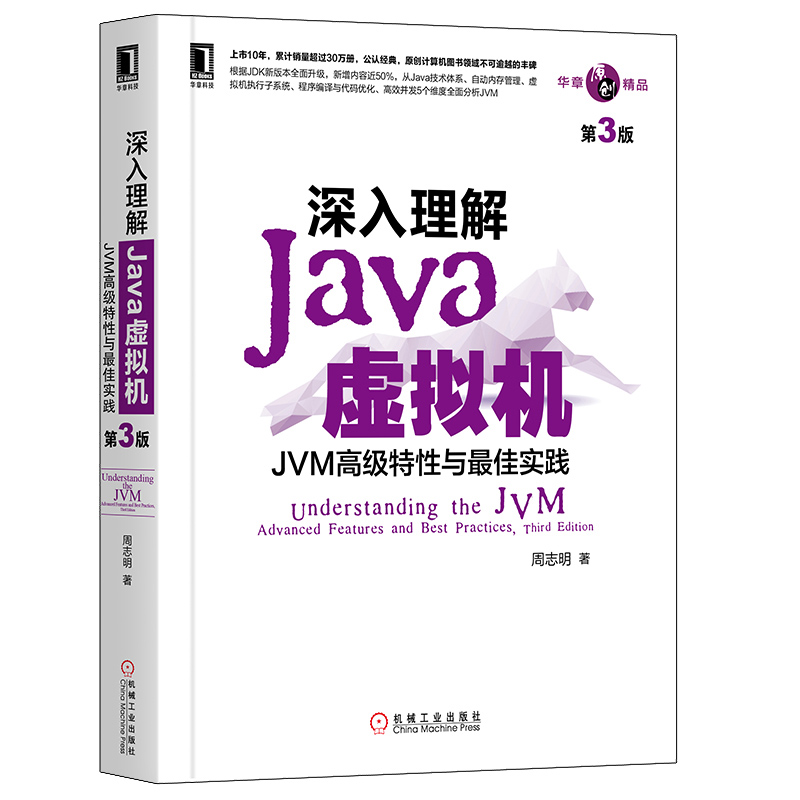以下是如何使用StreamingTemplateEngine的示例 -
def text = '''This Tutorial is <% out.print TutorialName %> The Topic name
is ${TopicName}'''
def template = new groovy.text.StreamingTemplateEngine().createTemplate(text)
def binding = [TutorialName : "Groovy", TopicName : "Templates",]
String response = template.make(binding)
println(response)
如果上面的代码在groovy中执行,将显示以下输出。
This Tutorial is Groovy The Topic name is Templates
XMLTemplateEngine
XmlTemplateEngine用于模板方案,其中模板源和预期输出都是XML。模板使用正常的$ {expression}和$ variable表示法将任意表达式插入到模板中。
以下是如何使用XMLTemplateEngine的示例。
def binding = [StudentName: 'Joe', id: 1, subject: 'Physics']
def engine = new groovy.text.XmlTemplateEngine()
def text = '''
<document xmlns:gsp='http://groovy.codehaus.org/2005/gsp'>
<Student>
<name>${StudentName}</name>
<ID>${id}</ID>
<subject>${subject}</subject>
</Student>
</document>
'''
def template = engine.createTemplate(text).make(binding)
println template.toString()
如果上面的代码在groovy中执行,将显示以下输出
<document>
<Student>
<name>
Joe
</name>
<ID>
1
</ID>
<subject>
Physics
</subject>
</Student>
</document>
标签:Groovy
相关阅读 >>
更多相关阅读请进入《Groovy》频道 >>

深入理解Java虚拟机 JVM高级特性与实践 周志明 第3版
这是一部从工作原理和工程实践两个维度深入剖析JVM的著作,是计算机领域公认的经典。




